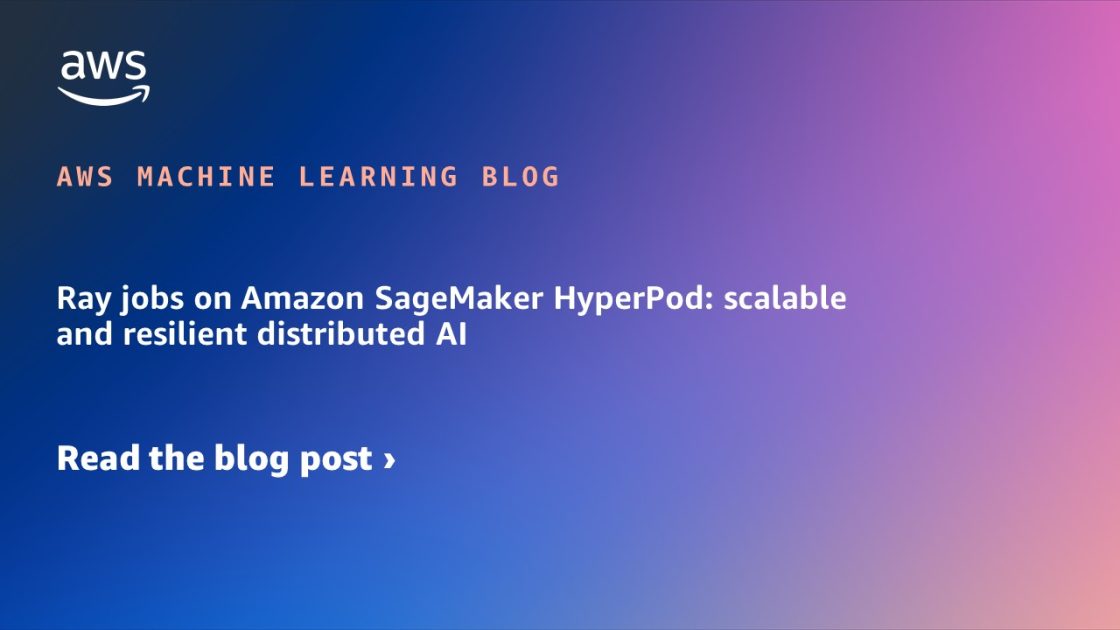The increasing demand for computational capacity in the technological field has been driven by the training and inference of fundamental models (FM), which require extensive use of accelerated computing for their effectiveness. Traditional computing infrastructures show limitations in meeting this need, leading to the development of new solutions that optimize workload distribution among servers equipped with GPUs.
In this scenario, Ray has positioned itself as a key tool. This open-source framework facilitates the creation and optimization of distributed jobs in Python, allowing developers to scale their applications from a single machine to a distributed cluster. With its unified programming model, Ray simplifies the complexity of distributed computing through high-level APIs dedicated to tasks, actors, and data. Its features, including efficient task programming, fault tolerance, and automatic resource management, make it a powerful solution for various applications, from machine learning models to real-time data processing pipelines.
On the other hand, Amazon SageMaker HyperPod has been specifically designed for the development and deployment of large-scale fundamental models. This infrastructure not only provides flexibility to create your own software stack but also optimizes performance through proper instance placement and built-in resilience. The combination of SageMaker HyperPod’s resilience and Ray’s efficiency forms a suitable framework for scaling generative artificial intelligence workloads.
A recent article provides a detailed step-by-step guide on how to run Ray jobs on SageMaker HyperPod, starting with a review of Ray tools focused on machine learning workloads. Ray is designed to manage distributed applications that require high scalability and parallelization, allowing developers to focus on training logic without complications in resource allocation and node communication.
Additionally, techniques for creating and managing Ray clusters using Amazon Elastic Kubernetes Service (EKS) and the KubeRay operator are addressed, enabling the implementation of efficient solutions for distributed job development. SageMaker HyperPod infrastructure stands out for its resilience and automatic recovery capabilities, allowing training to continue even in the event of node failures, crucial for lengthy tasks. The implementation of checkpointing techniques is emphasized, where processes can be resumed from the last saved state, maximizing efficiency and training time.
As artificial intelligence and machine learning workloads evolve in complexity and scale, the integration of Ray and SageMaker HyperPod emerges as an effective platform to tackle the most demanding computational challenges in this field.
Referrer: MiMub in Spanish











